Home>Gardening & Outdoor>Landscaping Ideas>How To Know What Type Of Grass Is In My Yard


Landscaping Ideas
How To Know What Type Of Grass Is In My Yard
Modified: August 17, 2024
Learn how to identify the type of grass in your yard with our expert landscaping ideas. Discover the best tips and techniques for a thriving lawn.
(Many of the links in this article redirect to a specific reviewed product. Your purchase of these products through affiliate links helps to generate commission for Storables.com, at no extra cost. Learn more)
Introduction
Introduction
Having a lush, green lawn can significantly enhance the overall appeal of your property. However, achieving and maintaining a healthy lawn requires a fundamental understanding of the types of grass that thrive in your specific region. Different grass species have varying growth habits, water requirements, and tolerance to environmental conditions. By identifying the type of grass in your yard, you can tailor your lawn care practices to ensure optimal growth and appearance.
In this comprehensive guide, we will delve into the various types of grass commonly found in lawns across the United States. You will learn how to identify these grasses and utilize resources to accurately determine the species present in your yard. Armed with this knowledge, you can implement targeted lawn care strategies to promote a vibrant and resilient lawn.
Understanding Different Types of Grass
Key Takeaways:
- Different types of grass thrive in different regions, so identifying the grass in your yard helps you care for it properly, leading to a lush and healthy lawn.
- By observing the appearance and growth patterns of your grass, and using resources like field guides and online databases, you can accurately identify the grass types in your yard for tailored lawn care.
Read more: What Is The Most Common Type Of Yard Grass
Understanding Different Types of Grass
Grasses are classified into two main categories: cool-season grasses and warm-season grasses. Each category comprises several species, each with distinct characteristics and ideal growing conditions.
Cool-Season Grasses:
- Fescue: Known for its adaptability to various soil types and shade tolerance, fescue is a popular choice for lawns in cooler regions.
- Kentucky Bluegrass: Renowned for its rich green color and fine texture, Kentucky bluegrass is a staple in northern lawns.
- Ryegrass: With its rapid germination and establishment, ryegrass is often used for overseeding and temporary winter lawns.
Warm-Season Grasses:
- Bermudagrass: Recognized for its exceptional heat tolerance and rapid growth, bermudagrass thrives in hot climates and is commonly used in southern lawns and sports fields.
- Zoysia Grass: Known for its dense growth and resilience, zoysia grass is favored for its ability to withstand heavy foot traffic and adapt to various soil types.
- St. Augustine Grass: Celebrated for its lush, dark green appearance and shade tolerance, St. Augustine grass is popular in coastal regions with mild winters.
Understanding the growth patterns, maintenance requirements, and climate preferences of these grass types is crucial for effective lawn care. By familiarizing yourself with the characteristics of each grass species, you can make informed decisions regarding irrigation, fertilization, mowing heights, and pest control.
Identifying Grass Types in Your Yard
Identifying Grass Types in Your Yard
Recognizing the specific grass species growing in your yard is essential for tailoring your lawn care practices to meet their unique needs. Here are several methods to help you identify the types of grass present in your lawn:
Visual Inspection:
Start by closely observing the appearance and growth habits of the grass in your yard. Note the color, texture, and blade shape of the grass. Cool-season grasses often have finer blades and a vibrant green color, while warm-season grasses may exhibit wider blades and varying shades of green.
Growth Patterns:
Observe how the grass grows and spreads. Some grasses, such as Kentucky bluegrass, spread through rhizomes, while others, like tall fescue, form clumps. Understanding the growth patterns can provide valuable clues about the grass species in your lawn.
Seed Heads and Inflorescence:
During the growing season, examine the seed heads and flowering structures of the grass. These features can differ significantly between grass species and aid in the identification process. Take note of the shape, color, and arrangement of the seed heads to help narrow down the possibilities.
Leaf Sheath and Ligule Characteristics:
Inspect the junction where the leaf blade meets the stem (sheath) and the small, membranous outgrowth at the collar region of the leaf (ligule). These anatomical features vary among grass species and can be instrumental in distinguishing between different types of grass.
By closely examining these visual and structural attributes, you can begin to discern the distinct traits of the grasses in your yard, paving the way for accurate identification.
Using Resources to Identify Grass Types
One way to identify the type of grass in your yard is to look at the shape and texture of the blades. You can also consider the climate and soil type in your area to narrow down the possibilities.
Using Resources to Identify Grass Types
When visual inspection alone does not provide conclusive results, leveraging additional resources can aid in the accurate identification of grass types in your yard. Here are several valuable tools and methods to assist you in this process:
Field Guides and Online Databases:
Consulting field guides and reputable online databases dedicated to grass identification can provide detailed descriptions, images, and distribution maps of various grass species. These resources often offer comprehensive information on key identification features, growth habits, and preferred habitats, empowering you to make informed comparisons with the grasses in your lawn.
Local Cooperative Extension Offices:
Reach out to your local cooperative extension office or university horticultural department for expert guidance. These institutions often offer diagnostic services to help homeowners identify the grass species in their yards. By submitting a sample of your grass for analysis, you can receive professional assistance in determining its specific type.
Mobile Apps and Online Forums:
Utilize mobile applications designed for plant and grass identification. These apps often incorporate image recognition technology and user-friendly interfaces, allowing you to upload photos of your grass for instant analysis and potential matches. Additionally, participating in online gardening forums and social media groups can connect you with experienced enthusiasts who can offer insights and assistance based on their own identification experiences.
Professional Lawn Care Services:
If you encounter challenges in identifying the grass types in your yard, consider hiring a professional lawn care service. Experienced professionals can conduct thorough assessments of your lawn and provide accurate identification, along with tailored recommendations for effective lawn maintenance and care.
By leveraging these resources and seeking assistance from knowledgeable sources, you can enhance your ability to confidently identify the grass species in your yard, enabling you to implement targeted lawn care practices for optimal results.
Conclusion
Conclusion
Identifying the types of grass in your yard is a pivotal step in nurturing a healthy and vibrant lawn. By understanding the unique characteristics and growth habits of different grass species, you can tailor your lawn care regimen to meet their specific needs, ultimately fostering resilient and visually appealing turf.
Through visual inspection, noting growth patterns, and observing key anatomical features, you can begin to discern the distinct traits of the grasses in your yard. When visual cues are inconclusive, tapping into resources such as field guides, online databases, and expert assistance can provide valuable support in accurately identifying the grass types present in your lawn.
Armed with this knowledge, you can implement targeted lawn care strategies, including proper mowing heights, watering schedules, fertilization, and pest management, to promote the health and vigor of your grass. Understanding the optimal conditions and maintenance practices for the specific grass species in your yard empowers you to make informed decisions that contribute to a lush, resilient lawn.
By investing time and effort in identifying the grass types in your yard, you pave the way for tailored and effective lawn care, resulting in a verdant and inviting outdoor space for relaxation, recreation, and enjoyment.
Embracing the diversity of grass species and their unique attributes allows you to embark on a personalized lawn care journey, nurturing your turf to thrive in harmony with its natural environment.
Frequently Asked Questions about How To Know What Type Of Grass Is In My Yard
Was this page helpful?
At Storables.com, we guarantee accurate and reliable information. Our content, validated by Expert Board Contributors, is crafted following stringent Editorial Policies. We're committed to providing you with well-researched, expert-backed insights for all your informational needs.
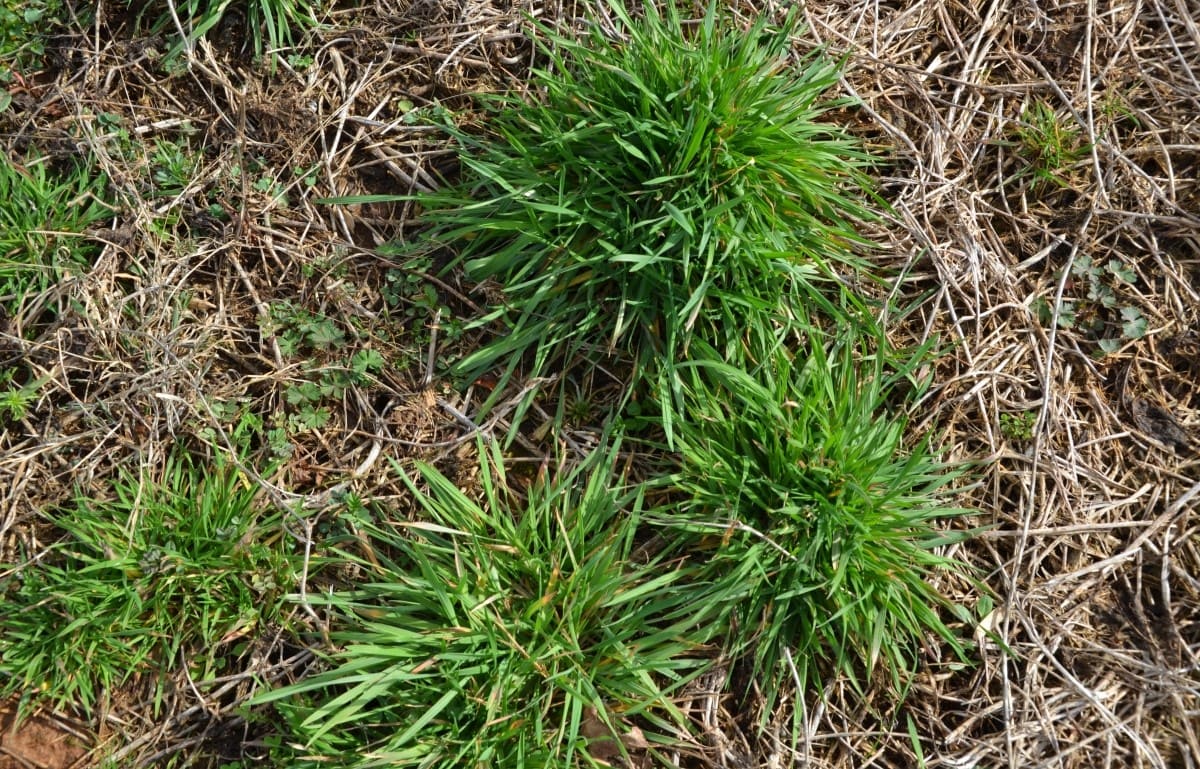

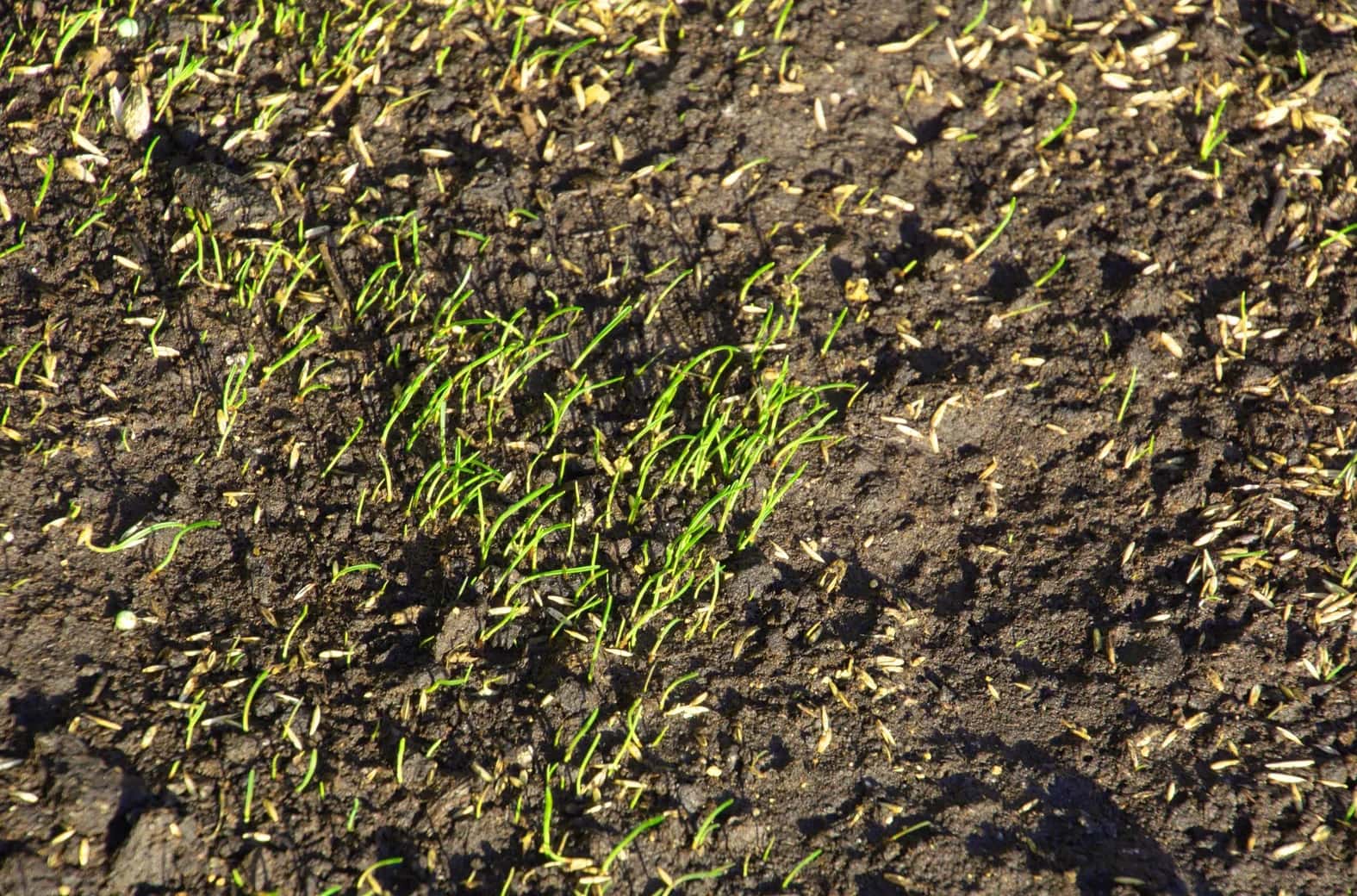


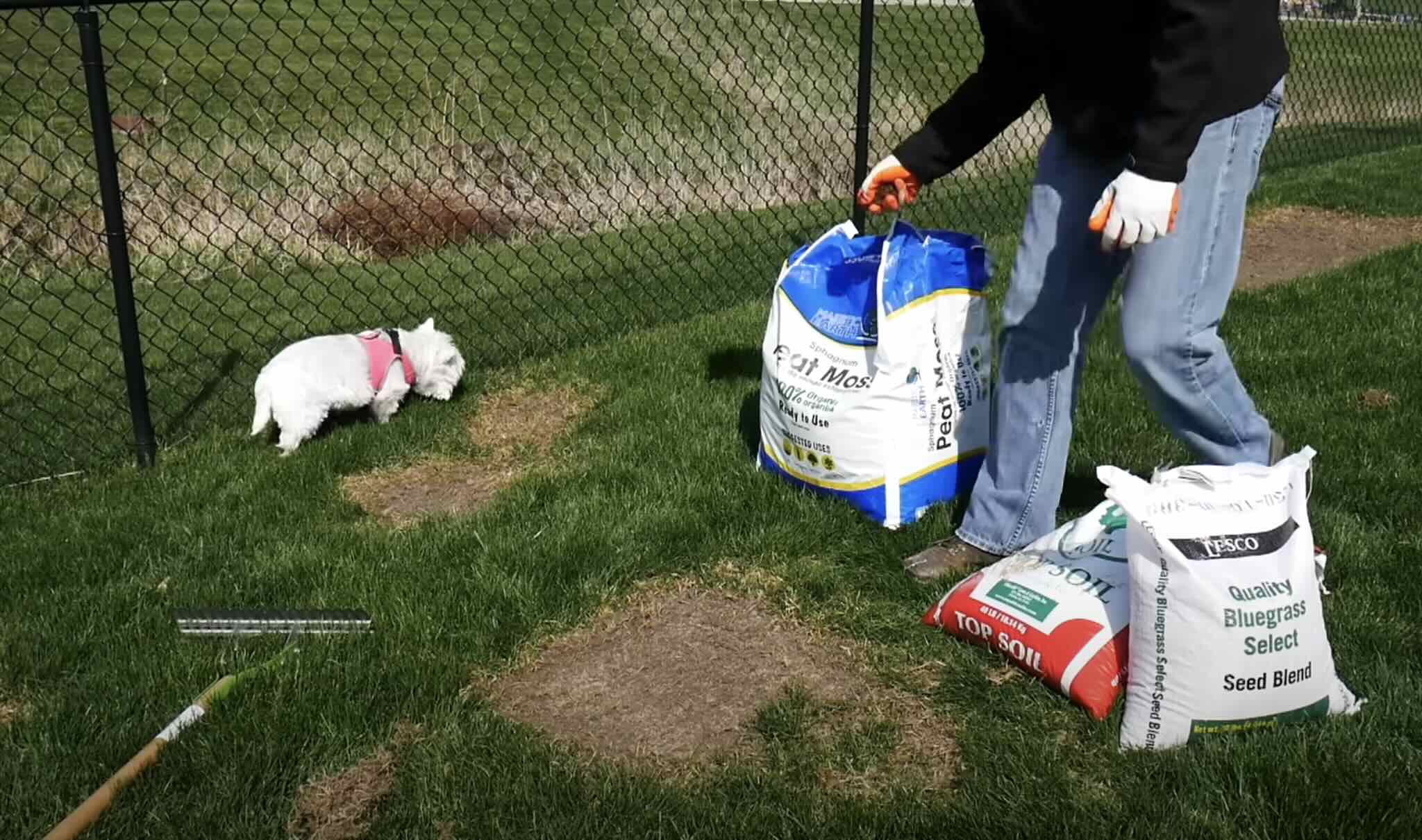
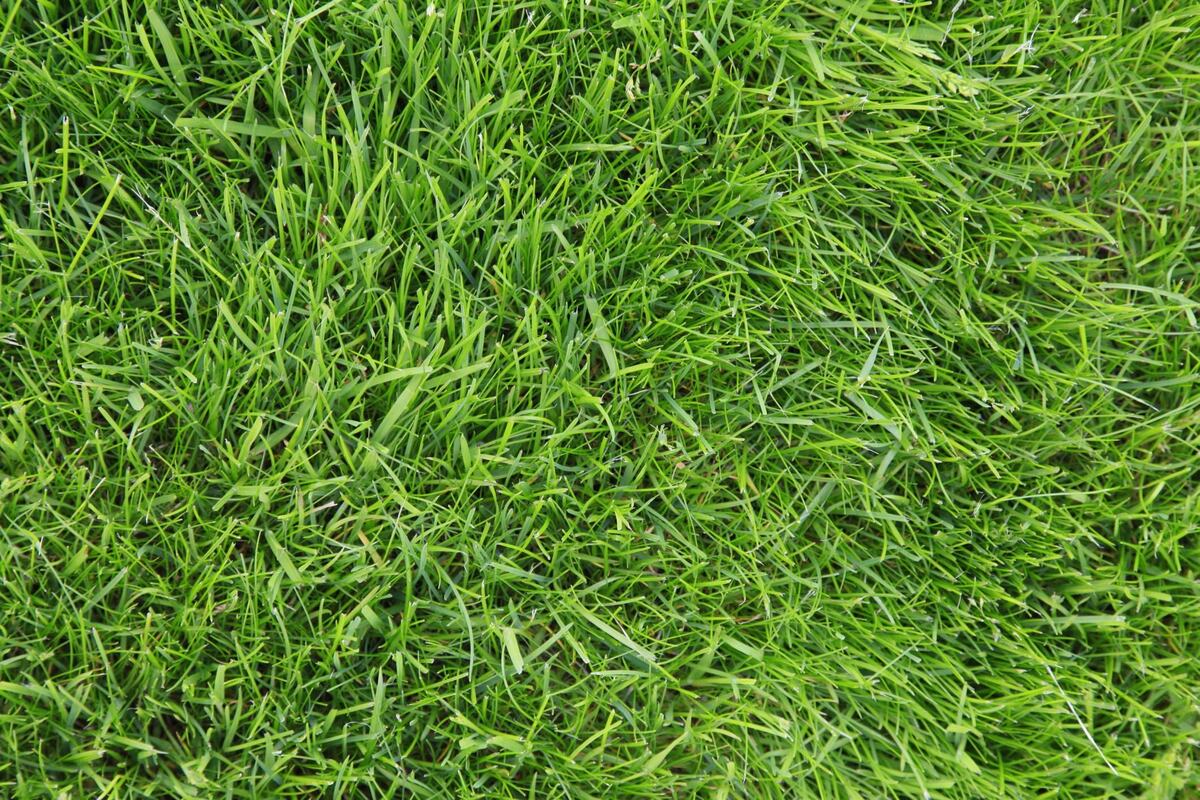

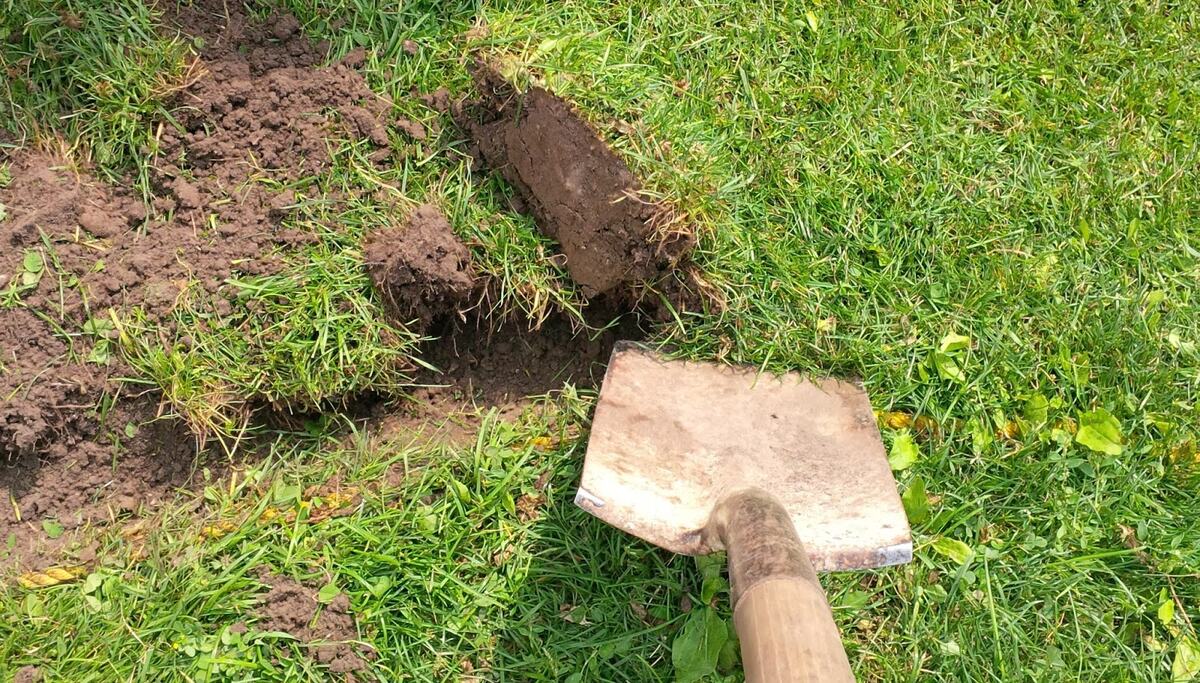




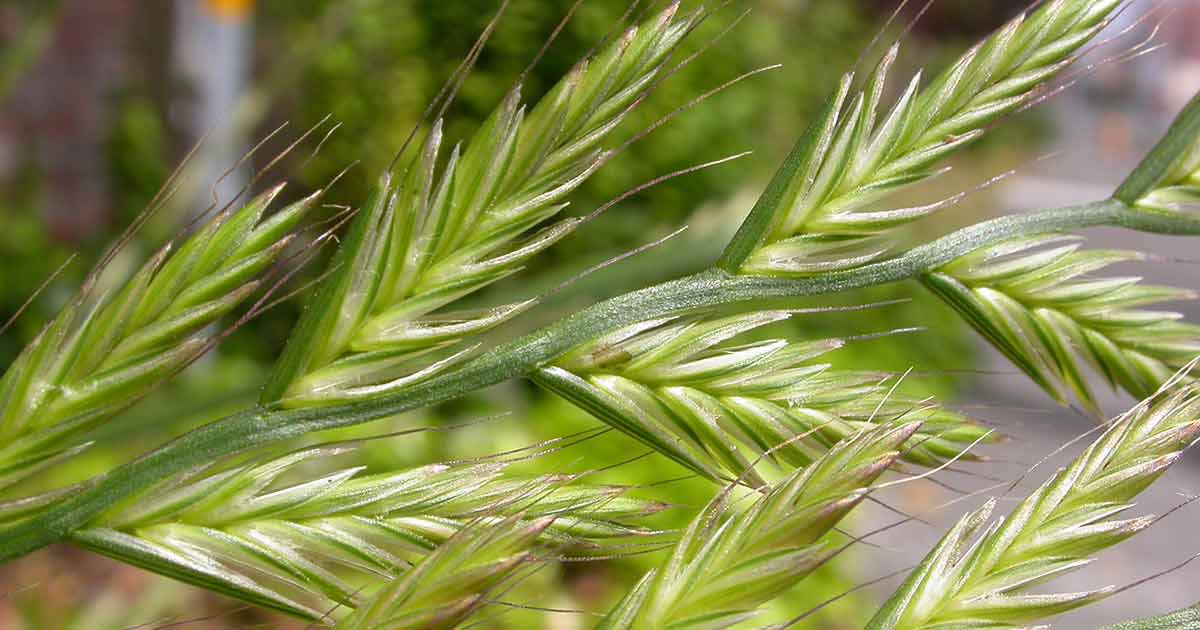


0 thoughts on “How To Know What Type Of Grass Is In My Yard”